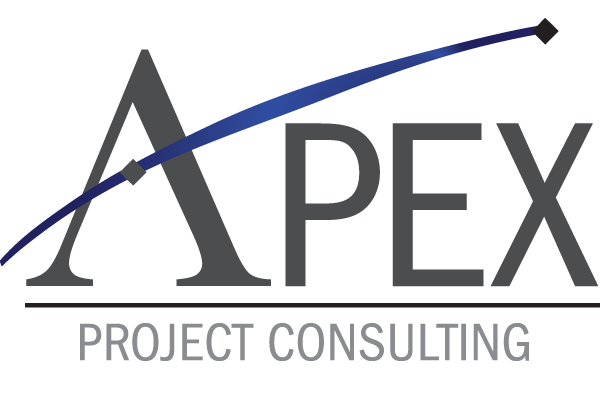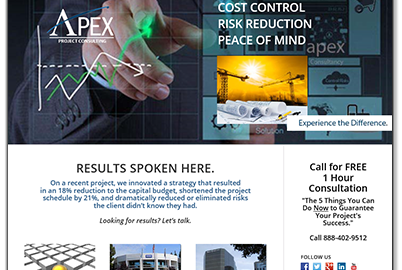Contractors Are Not Commodities!
General contractors are not commodities. Neither are architects or engineers. A commodity is a good or service without differentiation except price.
In today’s design and construction environment, contractors, architects and engineers are often considered interchangeable parts of the real property improvement process. Nothing could be further from the truth – or as expensive and risky!
Surprisingly (and sadly) though, many purchasing agents often consider general contractors, architects and engineers as commodities.
This “commoditization” of vendors works against the interests of the clients who hire them. This is true because of the incredible variety and complexity of project types. Mismatching a vendor to the project will ensure change orders, delays and rework.
Yet time after time, tenants, owners and other “improvers” of real property treat these professionals as commodities. Why?
There are many reasons for this, but just a few include:
1. Governmental and quasi-governmental procurement processes and regulations
2. Misunderstanding how to measure “performance” and “quality”
3. Inexperience
4. Deliberate or unintended bias
Regulations
Not surprisingly, federal, state and local procurement processes are heavily regulated – often out of proportion to the result. The unintended consequence is that latitude to objectively evaluate dimensions other than price are stifled.
Governmental and quasi-governmental procurement processes often require that contracts only be awarded to the “lowest responsible” bidder. The “lowest responsible bidder” is a proxy for “meets minimum standards”. Regardless of the label, this ultimately results in a predominantly price-based award.
Price-based awards mean that the vendors are essentially interchangeable—an enormous error.
Misunderstanding How to Apply Other Dimensions
To some procuring entities, there is at least confusion, and maybe complete misunderstanding, about how to empirically measure dimensions of a vendor besides price. I see this a lot.
It’s most evident when procurement processes look more like a beauty pageant. Flashy presentations and glossy pictures saturate the material. Performance, quality and empirical metrics are marginalized.
This also opens the door to bias.
Great presenters and slick presentations consciously or otherwise get into the minds of the evaluation team. After all, if the presentation is terrific, won’t the results be the same?
Instead this is really just a low-bid-only, commodity selection process dressed up with slick photos, cool case studies and flashy presentations obscuring a deep-dive into the vendor’s abilities and past performance.
Inexperience
Inexperience is a second cousin of misunderstanding.
It’s not unusual for companies that relocate or build out new facilities to have no internal experience. No one has been at the company long enough to work through and learn the valuable lessons from an expansion or relocation. They are not to blame, it’s just a simple case of not-knowing-what-you-don’t-know.
Most companies will only relocate, expand or build new facilities once in in the career of the average employee. Thus there is no institutional knowledge.
Deliberate or Unintended Bias
Sometimes folks just play favorites.
I once was approached by a privately run college to take over the project leadership of their build-out and expansion program. I had a pleasant interview over coffee with the Corporate Director of Real Estate and Facilities. We we’re both sizing each other up.
As for me, I wanted to know what kind of hand I would be dealt if I agreed to consult with them? How would I be able to influence their success? I asked about whether or not they were married to the architectural and engineering team – one that I knew had a history of poor performance. The director hung his head a bit and said, “unfortunately, yes”.
It seems that one of the principals of the architectural firm was a golfing buddy of the president of the college – and the Real Estate Director’s boss. No amount of empirical evidence was going to convince them to change firms. With the architectural and engineering team occupying such a pivotal role (as they do with any project), it was impossible to be successful if the client wouldn’t at least consider alternatives.
Sometimes the bias is not intentional or at least not obvious at the conscious level, yet the net effect is the same.
Conclusion
There are several problems with treating contractors and design professionals as commodities.
• It allows bias to sneak into the decision making.
• Treating vendors as fungible commodities transfers the risk – and cost – of performance to the client.
• Because their offering is only price, performance is up to the client and or the client’s management team to control. However, once the contract is signed, project controls are often an ineffective substitute to simply matching the right vendor with the project.
Savvy procurement folks should demand empirical evidence of expertise. This allows the best experts to separate and distinguish themselves from the boastful or just plain bad.
Certain goods and services deserve to be categorized as commodities, differentiated only by price.
If price is all that separates one vendor from another, they’re merely commodities. However, expert professionals need to be differentiated by their expertise as well as price. This is critical for both the vendor and the purchaser.
Particularly in a low bid environment, design and construction professionals must be considered for their specialized expertise and NOT treated as interchangeable commodities.
Key Takeaways
• Industrial, commercial, ground up, laboratory, and manufacturing type projects, all require specialized expertise.
• Not having a process that matches a professional’s core expertise with your specific project requirements is the single fastest way to ensure busted budgets and broken schedules.
• Similarly, contractors can have many areas of expertise, but they generally concentrate on a few particular types of projects. Mismatching contractors to your project’s requirements will create problems that even money won’t fix.
Recognizing that there are many differences between the skills and abilities of architects, engineers, and contractors can save you time and money. More importantly, it will reduce your risk.
The best practice: Ensure that you have a proven process for empirically filtering and aligning the expertise of all the professionals you engage with the specific requirements of your project. This will still produce a competitive process, but one more aligned with getting the best experts – and the best experts are always the best value.



